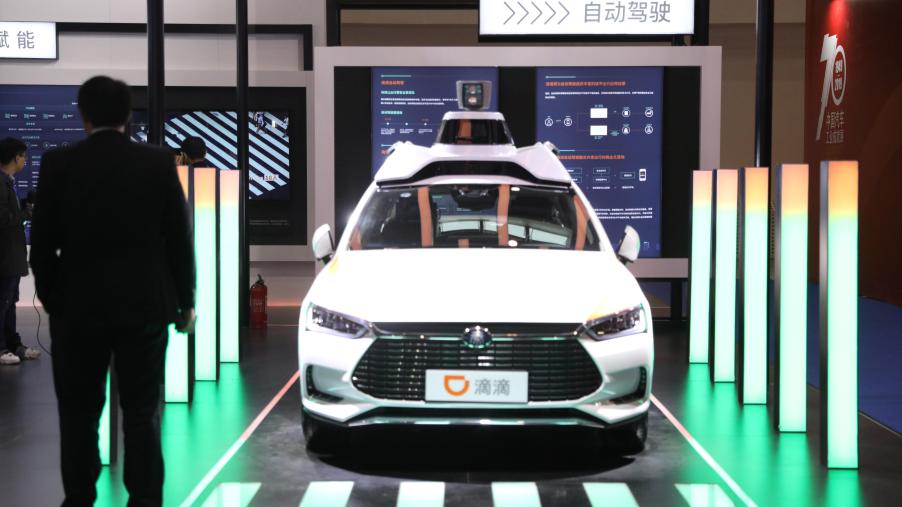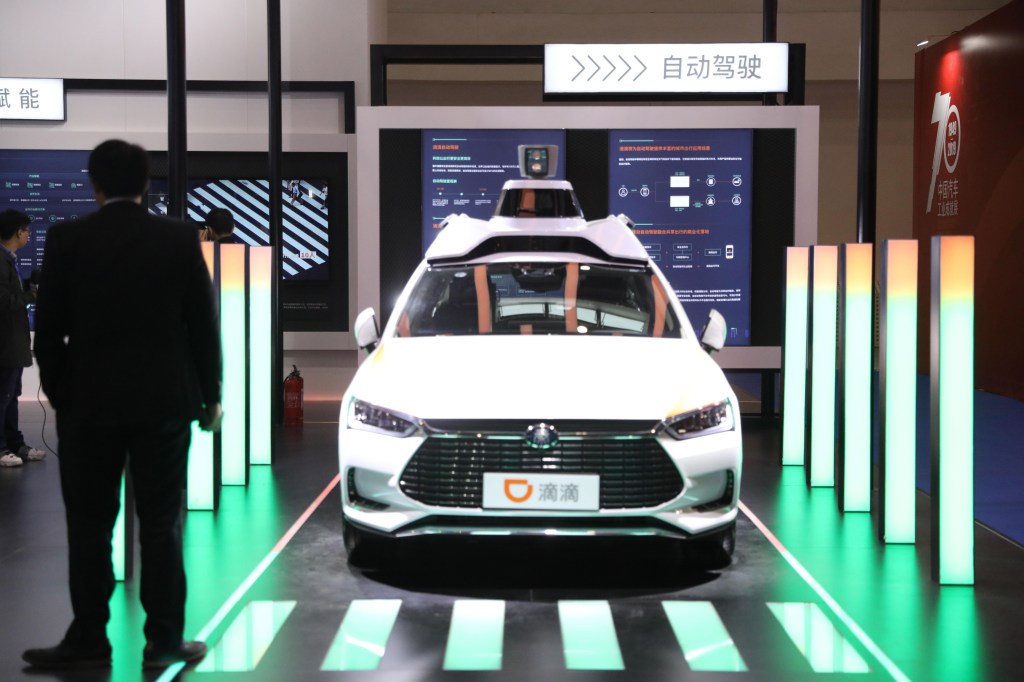
Why Math Matters For the Future of Self Driving Cars
Thanks to COVID-19 many households across the country are now finding themselves to be not only the primary caregivers but also the primary educators. Many parents are patiently teaching their children subjects that they may have long forgotten. Students are once again searching for answers to why math matters. While it might be a bit before self-driving cars are a mainstream reality, they provide a great real-world example. Without math algorithms, self-driving cars wouldn’t have much of a future at all.

We can probably all remember those math problems like this: “A train leaves from Albuquerque traveling to New York at 67.5 MPH and another train leaves at the same time from Dallas traveling to New York at 55 MPH. Which train would arrive in New York first?” The thought of those problems sends chills down the spins of some. But in reality, the automotive industry has relied on this type of math for decades.
Why math matters for the future of self-driving cars
Math and the automotive world have always played well together. From the way, a car door opens and closes to the compression of an engine. Before any sheet metal is ever bent, the most essential elements of a car are represented as a mathematical model.
Nowhere is this more evident than in the real rolling math problem that is the autonomous, self-driving vehicle. Its ability to drive without hitting anything relies on a series of sensors like GPS, SONAR, LIDAR, and Cameras. Believe it or not, the math that helps make the future of autonomous vehicles happen was actually posed all the way back at the beginning of the 20th century.
Using math from the past helps us move forward today
Doc Brown jumped in the Delorean to solve future dilemmas. To help explain how math relates to the future of self-driving cars we will be going “back to the future” too. One of the original mathematical equations used in autonomous vehicles today was asked in 1900 by the great mathematician David Hilbert.
Fast forward about 90 years and a team of scientists, mathematicians, and engineers at MIT found out that Hilbert’s polynomial can serve as a kind of mathematical barrier around obstacles you don’t want to hit — if you can solve it fast enough. This means that mathematics from the 1900s is being applied to the anti-collision software of the modern autonomous vehicles allowing them to instantly calculate the world around them and avoid hitting anything. The computer’s ability to crunch those numbers fast enough keeps us on the road safely.
Math can help make self-driving cars safer
Human drivers also unconsciously follow math equations in our heads. We look at the car ahead and try to maintain a safe distance. If it’s larger, we accelerate, and if it’s shorter, we brake. Computer scientist Berthold Horn used a similar idea combined with the GPS system of our cars to help keep us at a safe distance from one another while still traveling at an appropriate speed. Horn says this “bilateral control” uses information from the vehicle behind you to maintain the same distance ahead of you as well.
So the next time your child asks, “why is math important”? Remind them that we rely on equations from the past to help the future of automotive keep going forward.
In case you were curious, the answer to the math problem at the beginning is the Dallas Train. It arrives in 28.15 hours while the train from Albuquerque arrives in 29.64 hours.


